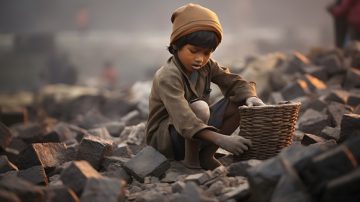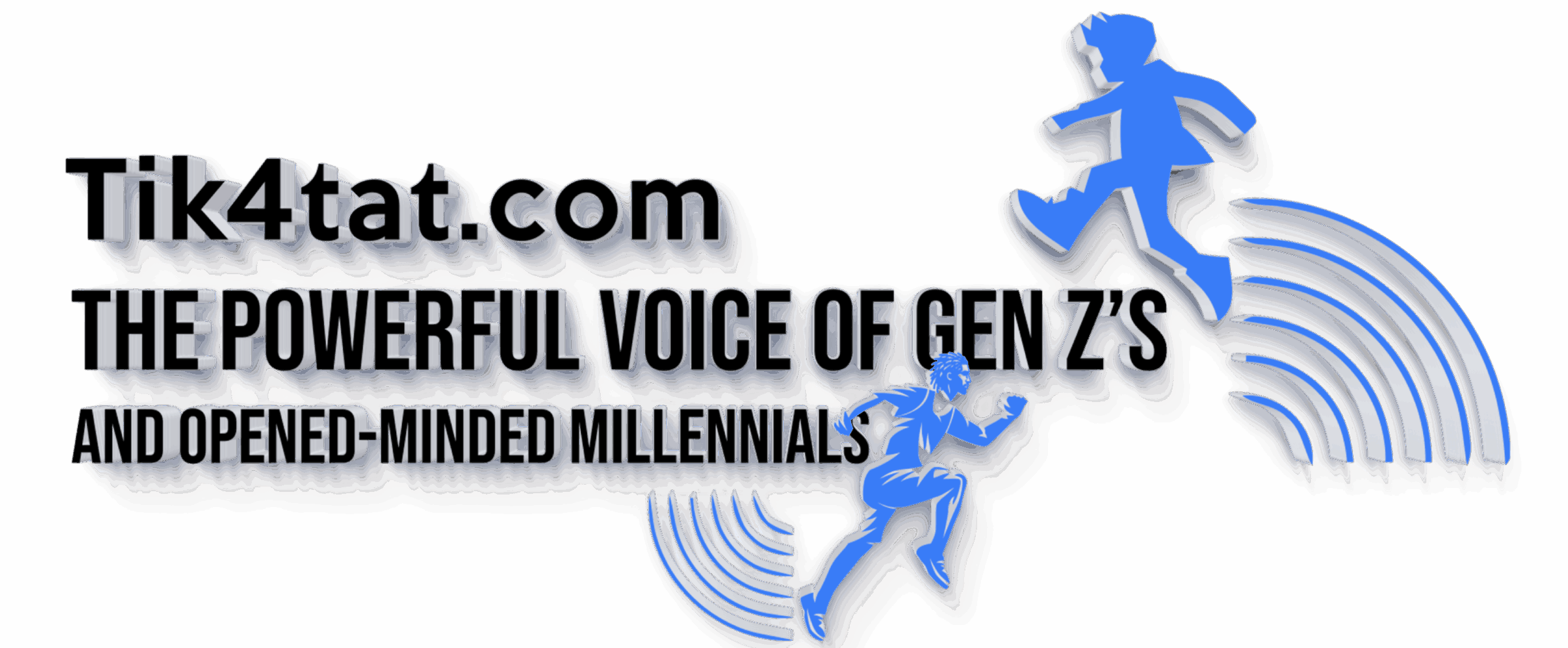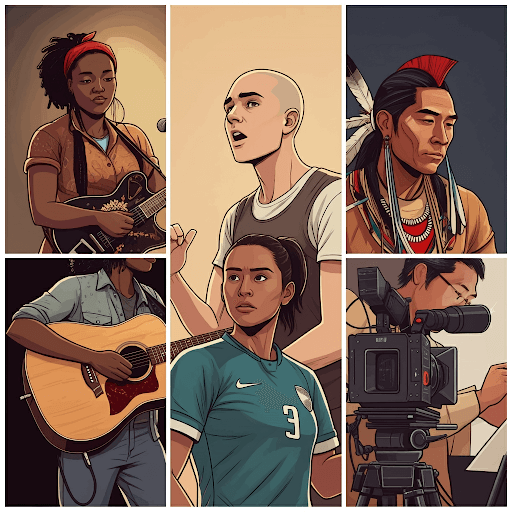Child Labor. Just another failure Gen X and Boomers Left For Gen Z’s and Millennials To Clean Up

Child labor refers to the exploitation of children through any form of work that deprives them of their childhood, interferes with their ability to attend regular schools, and is mentally, physically, socially, or morally harmful. While child labor is often associated with developing countries, the United States also faces its own challenges in this regard, along with a lack of adequate oversight. Although child labor laws exist to protect children, there are certain issues that persist.
*Agricultural Sector: The agricultural sector in the United States heavily relies on seasonal labor, and there have been instances of children working long hours in hazardous conditions on farms. The lack of strict regulations and enforcement in this sector has made it difficult to eradicate child labor completely.
*Informal Economy: The informal economy, including small businesses and domestic work, is less regulated compared to formal sectors. Children may be engaged in activities such as street vending, domestic chores, or working in family businesses. Due to the decentralized nature of these sectors, oversight and monitoring can be challenging.
*Entertainment Industry: The entertainment industry, including television, film, and modeling, has seen cases of child exploitation and inadequate protection of child performers. The intense pressure to succeed and the lack of robust mechanisms to ensure the well-being of child actors can contribute to issues of child labor.
*Lack of Oversight: Despite existing legislation at the federal and state levels, there are concerns about the effectiveness of oversight mechanisms. Insufficient funding, limited resources, and inadequate personnel can hamper the ability of labor agencies to monitor workplaces and enforce child labor laws consistently.
*Supply Chains: Globalization has resulted in complex supply chains where products consumed in the United States may be produced through exploitative child labor in other countries. Despite efforts to regulate imports, it can be challenging to trace and ensure the ethical sourcing of products
*Vulnerable Communities: Certain communities, such as migrant and undocumented populations, may be particularly susceptible to child labor due to their marginalized status. Language barriers, fear of reporting abuses, and limited access to resources can exacerbate the problem.


